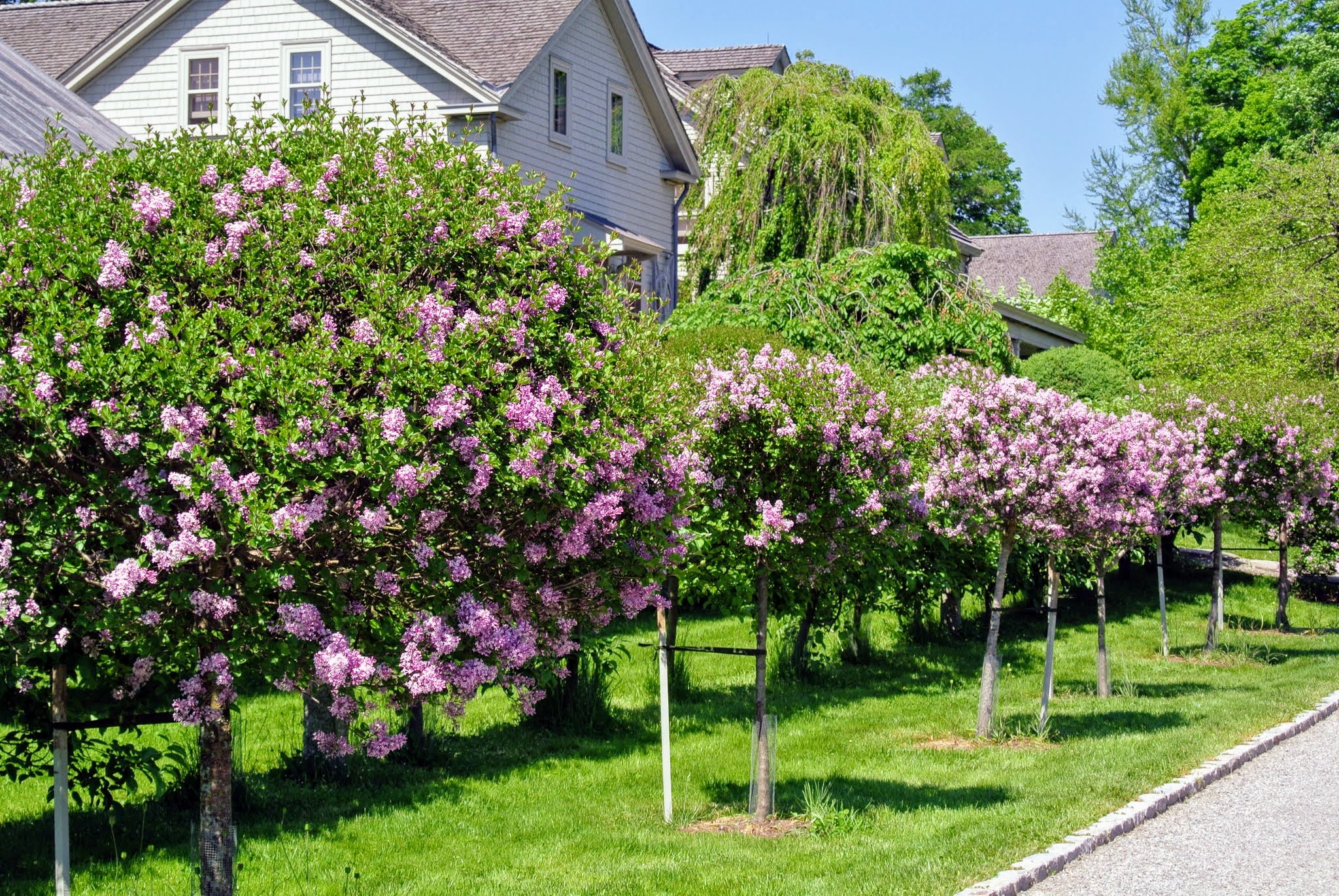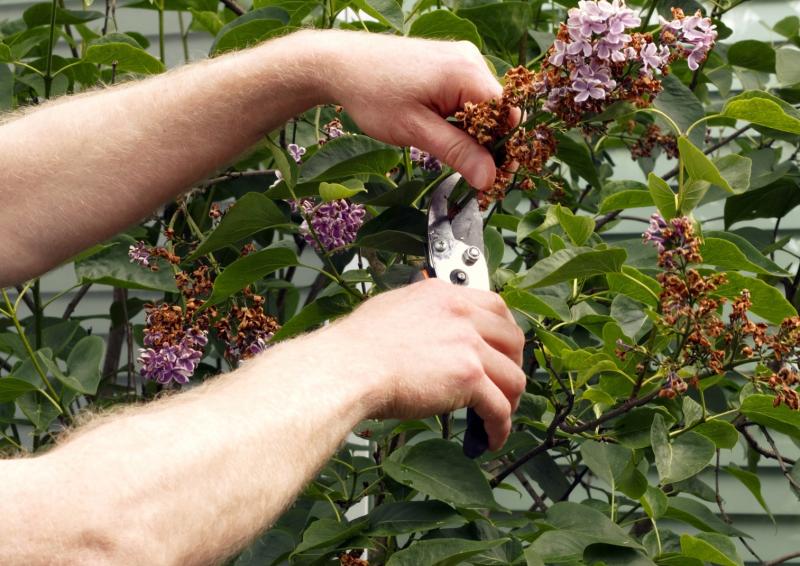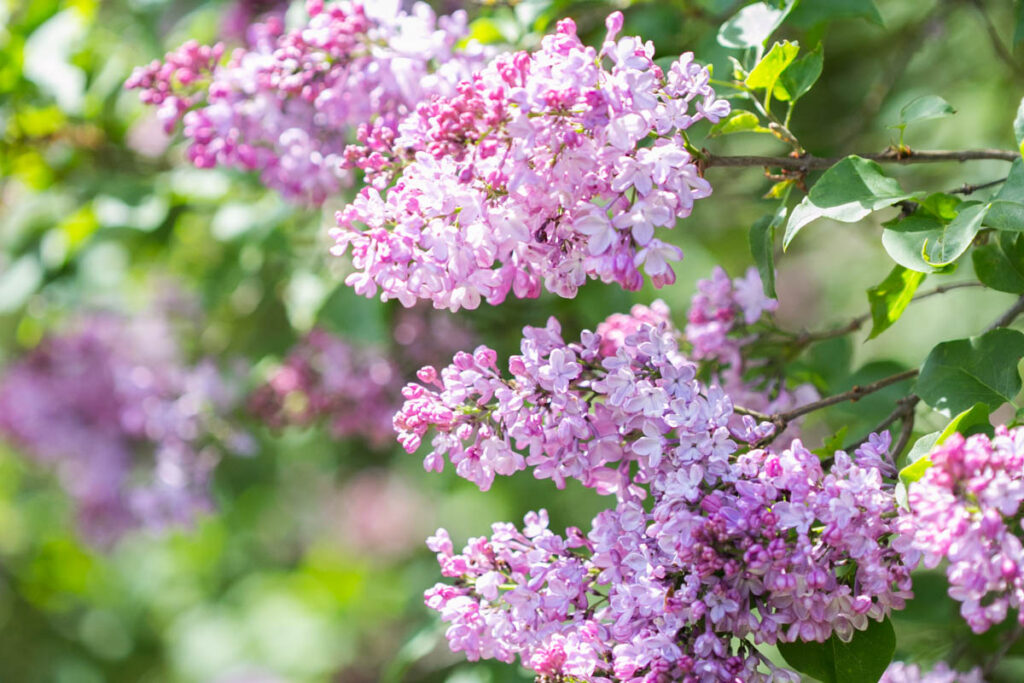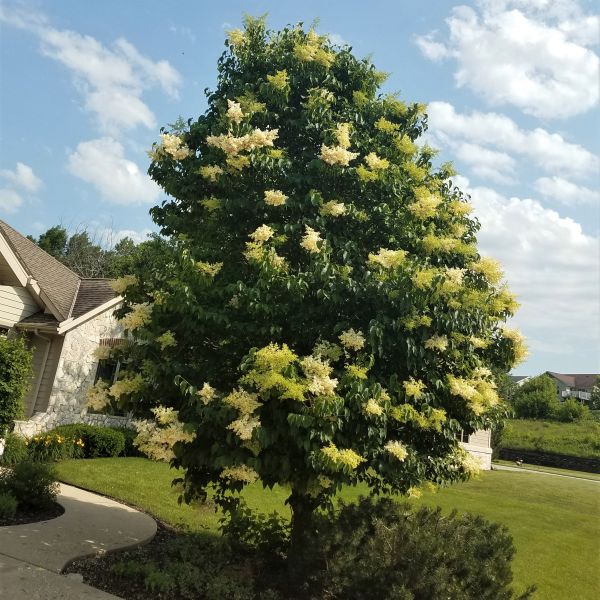Ship to: Update

- Plants
- Flowering Trees
- Ornamental
- Lilac Trees
Plants Filter
Current Filters
Mature Height
Sunlight
Plant Type
Lilac Trees
Lilac trees, commonly known as lilacs, are deciduous shrubs or small trees belonging to the genus Syringa. They are renowned for their stunning and fragrant flowers, which bloom in various shades of purple, lavender, pink, white, and even yellow. Lilacs are beloved for their nostalgic appeal, and their sweet fragrance is a telltale sign of spring. They are popular ornamental plants in gardens, parks, and landscapes.

Varieties: There are several species and cultivars of lilac trees, and some common ones include:
- Common Lilac (Syringa vulgaris): Native to southeastern Europe, it is the most well-known lilac species with a range of flower colors and fragrances.
- Japanese Lilac (Syringa reticulata): Native to eastern Asia, it has larger flower clusters and blooms later in the season than common lilac.
- Persian Lilac (Syringa x persica): A cross between S. vulgaris and S. afghanica, it has delicate pink flowers and a slightly more compact growth habit.
- Dwarf Korean Lilac (Syringa meyeri): A smaller lilac species with compact growth and small lavender or pink flowers.

Care Tips:
- Location: Plant lilac trees in a location with full sun to ensure abundant flowering.
- Soil: Lilacs prefer well-draining soil with a slightly alkaline to neutral pH. They can tolerate various soil types but perform best in fertile, loamy soil.
- Watering: Water newly planted lilac trees regularly until they establish their root systems. Once established, they are relatively drought-tolerant but appreciate consistent moisture.
- Mulching: Apply mulch around the base of the tree to retain soil moisture and suppress weeds.
- Pruning: Lilac trees require minimal pruning. Deadheading (removing spent flowers) after blooming can promote better flowering in the following year.

Uses:
- Ornamental Trees: Lilac trees are cherished for their showy and fragrant flowers, making them a popular choice in landscapes and gardens.
- Cut Flowers: Lilac flowers are often cut for floral arrangements due to their beautiful appearance and pleasant scent.
- Wildlife Attraction: Lilacs attract pollinators like bees and butterflies with their nectar-rich flowers.
- Fragrance and Aromatherapy: The fragrance of lilac flowers is valued, and lilac scents are used in perfumes and aromatherapy products.
- Historical and Cultural Significance: Lilacs hold cultural significance in various countries and are associated with memories and traditions, especially in celebrations like Mother's Day.
Lilac trees are treasured for their beauty, fragrance, and ability to evoke feelings of nostalgia. With their springtime blooms, they bring joy and color to the landscape and offer a lovely addition to any garden or outdoor space.
Item has been added to your cart.



